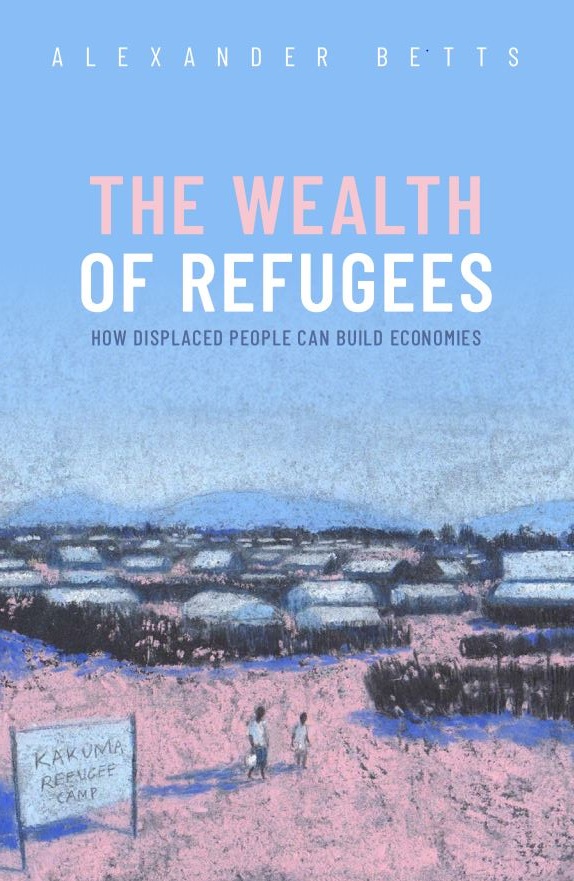Abstract
The economic lives of refugees are often viewed as relatively homogeneous, and sources of within-group variation remain largely unexplored. We describe the socio-economic diversity of refugees in one particular region: East Africa. Drawing upon first-hand quantitative and qualitative data collected in Kenya, Uganda, and Ethiopia (n = 8,996), the article systematically compares 12 refugee subpopulations living in seven refugee camps and the three capital cities. In order to identify sources of variation, we examine three main questions: (1) What variation is there in socio-economic outcomes? (2) What strategies and resources do refugees rely upon, and how do these vary? (3) How are opportunities and constraints shaped by differences in institutions and identity? Overall, we show that, although the economic lives of refugees have some distinguishing and common features, they are also heterogeneous by host country, urban/camp context, nationality, and household. We explain why describing and understanding sources of within-group variation matters for research and policy.
Hightlights:
- We describe the economic lives of refugees in Kenya, Uganda, and Ethiopia.
- We use first-hand quantitative and qualitative data collected from seven refugee camps and the three capital cities.
- Refugee lives are heterogeneous, with significant variation in income, assets, and food security across context, nationality, and household.
- Refugees’ economic strategies vary, with groups differently reliant upon work, remittances, and aid as sources of income.
- Refugees’ economic strategies and constraints depend on local and national institutions and on their personal characteristics.
Full article: https://doi.org/10.1016/j.worlddev.2024.106693
Our quantitative research draws upon data collected through household surveys across six sites in three countries (Uganda, Kenya, and Ethiopia), with a total sample size of 8,996 refugee respondents from 3,673 households.
The data and replication files are available here.


